Transpiration
Definition of Transpiration - Transpiration is the physiological activity in which water molecules carried from the root to the pores of the leaves present in the downward side of the leaf and evaporates from the plant body. Actually this is the process of evaporation of water from the plants body.
Characteristics features of transpiration - The process of the physiological activity called transpiration is of several characteristics. These are described below-
1. Loss of water vapour from the aerial part of the plant occurs in transpiration.
2. Water vapour forms internally.
3. This is controlled by the different types of plant factors.
4. It can also take place when the air is saturated.
5. Influence of light can increases water absorption by 98 to 99% by the transpiration.
6. Most of the transpiration occur by the bark of plants and this is called bark respiration.
Different types of transpiration-
2. Cuticular Transpiration - It is the process by which water is loss in the form of vapour from the general surface specially new leaves and young stems through the layer of cuticle. Cuticular transpiration is appreciable in the state of thin cuticle as in a mesophytic plants which are growing in humid areas. Cuticular transpiration can be observed throughout day and night.
3. Stomatal Transpiration - This is the process of the transpiration where water is loss as water vapour from the stomata present on the surface of the leaves and to the extent of the surface of flowers and young stems. This is the major form of transpiration and is takes place when the stomata is at open conditions.
4. Lenticular Transpiration - This is also called lenticellate transpiration where the loss of water vapour forms from the lenticels or aerating pores are present in the bark of stems.
5. Bark Transpiration - In this type of transpiration a small quantity of water is lost from the cork of the bark of the plant stem. This can continue day and night.
Antitranspirants - These are the substances that are employed for the reduction of the rate of transpiration. This is done by –
● Chemicals that reduced the degree of stomatal opening . Examples of the chemicals are – Phenyl mercuric acetate, salicylic acid, abscisic acid etc.
● By the formation of the utra thin film of silicon emulsion over the leaf surface and it is more permeable to gases than water vapour.
● Vaseline, gasoline etc petroleum products are also act as antitranspirants - if these are used on the leaves it prevents the transpiration process.
Importance of Transpiration - Transpiration is an essential process for the plant. It has many effects, this are –
* It causes cooling of the surface area.
* Increases development of mechanical tissue.
* Better development of fruits can happen.
* It increases absorption of salts etc.
* Excess water can be removed from the body of plants.
Instruments used for measurements of transpiration-
1. Potometer - This instrument is used for measuring the rate of transpiration by the shoots by the measuring the rate of absorption of water as the two of them are nearly equal. There are different types of potometer- Ganongs potometer,Farmers potometer, Simple or Student or potometer, Bose potometer.
Porometer – It is an instrument that is discovered by F. Darwin in 1912 which give an idea about the degree of stomatal opening.
Cobalt Chloride Paper Test - It is also called Hygrometer method which is discovered by Stahl in 1894 . It is a dry cobalt chloride in blue ,which will become pink due to moist. A filter paper slip can be dipped in 3 to 5 % cobalt chloride and dried.It appears blue as the slip is placed over leaf surface and protected from the atmospheric humidity by a glass slide or transparent tape. Colour change of the filter paper from blue to pink indicates transpiration.
Factors influencing transpiration - There are different factors that influence the transpiration, these are –
1. Light – Influence of stomata increases opening of stomata and as a result transpiration is increased. In this case blue light increases transpiration by increasing it’s permeability. Sometimes solar radiations increases temperature which enhance the rate of transpiration.
2. Temperature - Increase of temperature causes increase of transpiration.
3. Humidity - If humidity is increases in the environment then it reduces the transpiration. On the opposite hand if humidity is less then the transpiration is increases.
4. Wind - Air movement increases the rate of transpiration because it brings the dry air and remove the moist air around the transpiring materials. Sometimes high velocity wind closes the stomata.
5. Atmospheric Pressure - Transpiration is increased by low atmospheric pressure.
6. Availability of Water - Transpiration is directly influenced by the availability of water and is reduced due to availability of soil water which causes wilting or loss of turgidity which results in dropping and rolling.
7. Leaf of Transpiring Area - Reduction of transpiring area reduces transpiration. Examples are – cactus, thorns etc where leaves are converted into thorn and reduces area of transpiration. On the other hand transpiration is more in the wide and expanded in the leaves.
8. Root or Shoot Ratio - Plants those are having higher root and shoot ratio have higher transpiration.
9. Stomata - Number of stomata and the opening of stomata affected transpiration. Sunken stomata reduces transpiration.
10. Hair – Presence of hair reduced transpiration.
11. Cuticle - Presence of the cuticle causes, lower with the increase in thickness of the cuticle.
12. Leaf Orientation - In this case vertically placed or hanging leaves can receive less radiation than horizontally placed leaves. That means they transpire less. Eucalyptus is the example of this type of case.
Questions and Answers on Transpiration:
1. What do you mean by guttation?
It is the process by which loss of water in the liquid state from the uninjured parts of a plant is called guttation. The area of plants where guttation takes place there is a a special types of water pores called hydathodes. Pores of this remain open as the guard cells are immobile here.
2. What is transpiration ratio?
It means the amount of water transpired by the plant for the synthesis of a unit dry matter. Used for assumption of required water during irrigation.
From Water Movement Up a Plant to HOME PAGE
Recent Articles
-
What Is Plasma? | Blood Plasma | Proteins | Nutrients | Cholesterol
Nov 07, 25 10:29 AM
Blood is a mobile fluid which is a connective tissue and is derived from the mesoderm like cell any other connective tissue. Colour of blood is reddish and that flows inside the blood vessels by means… -
Disorders of Respiratory System | Tuberculosis | Pleurisy | Emphysema
Oct 28, 25 11:39 PM
Tuberculosis is very common disease and is caused by a type of bacteria called Mycobacterium tuberculosis. This disease causes different trouble in the respiration and infection of several parts of th… -
Regulation of Respiration | Respiratory Centres | Inspiratory Area |
Oct 14, 25 12:13 AM
Respiratory Centre is the area that controls the rate of respiration and it is observed to be located in medulla oblongata and pons. Respiratory Centre has the following will dispersed components like… -
Explain Transport of Gases | External Respiration | Tissue Respiration
Oct 09, 25 11:35 PM
In humans gaseous exchange is completed in the following ways the steps are - External Respiration or Breathing - Breathing in false taking in of Oxygen and giving out of carbon dioxide in the body. M… -
Kind and Number of Teeth | Location of Teeth in Mouth | Care of Teeth
Sep 11, 25 12:52 AM
Kind and Number of Teeth
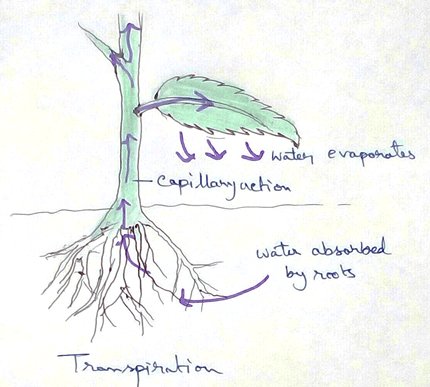
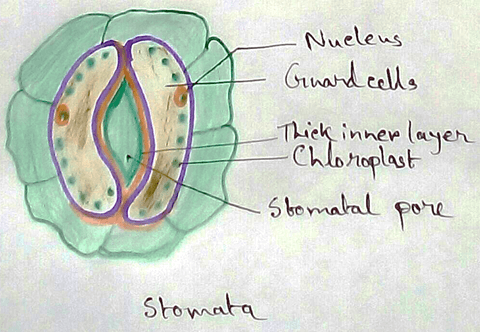
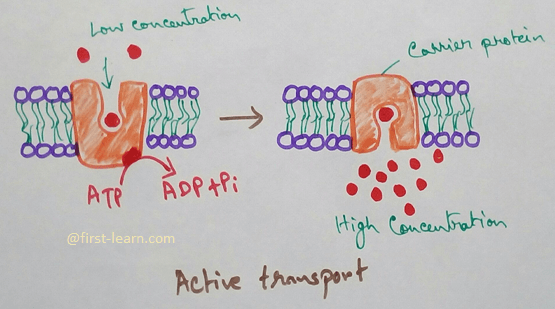
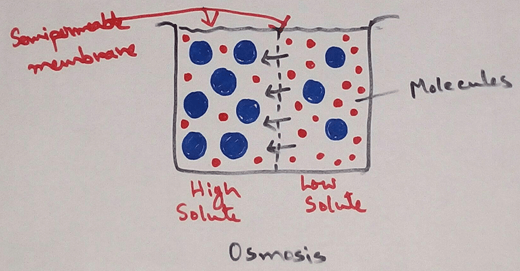
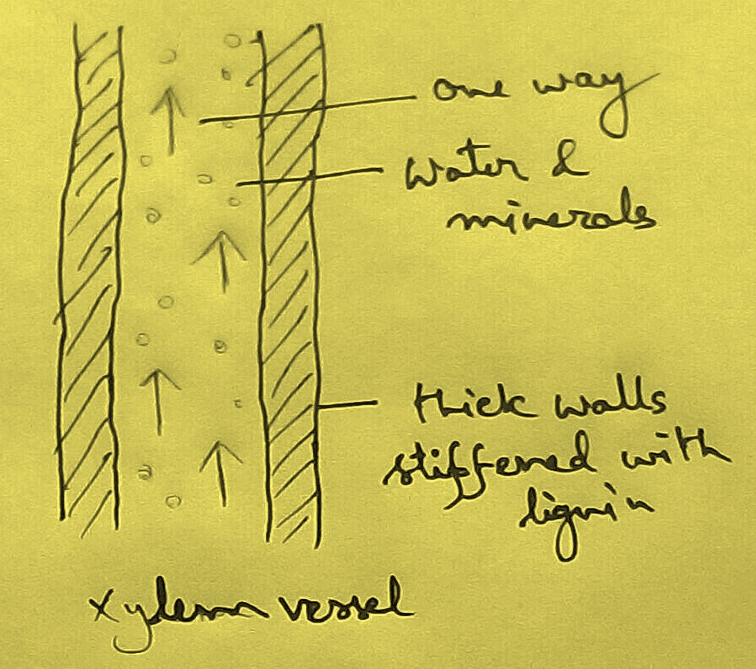
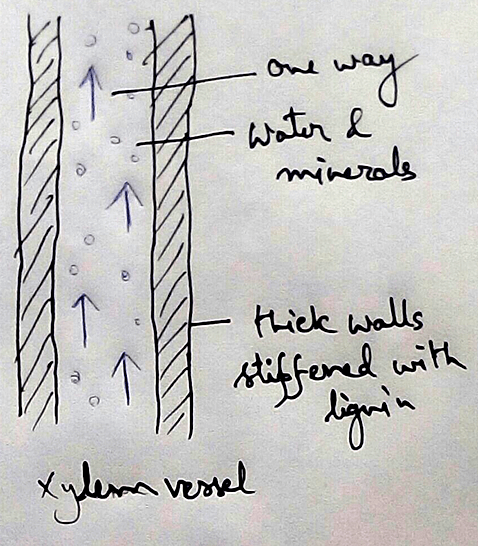
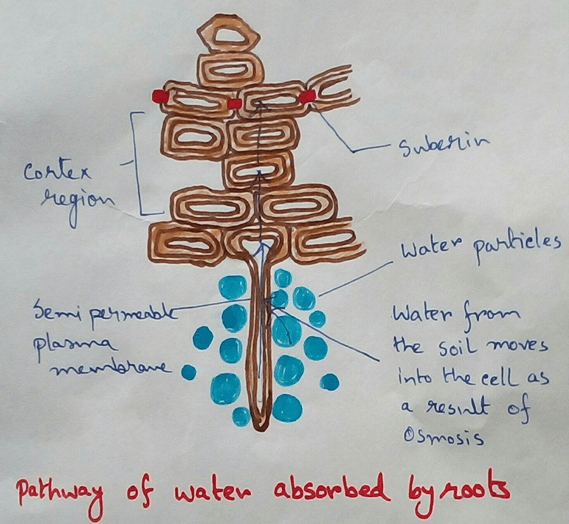
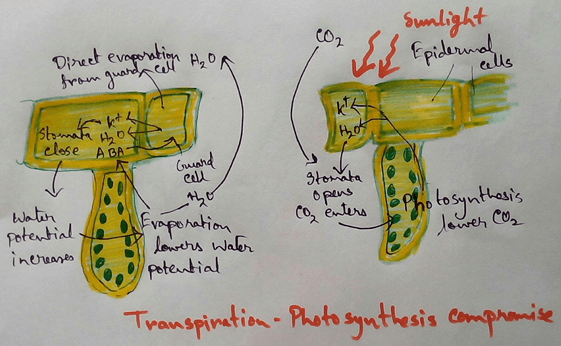
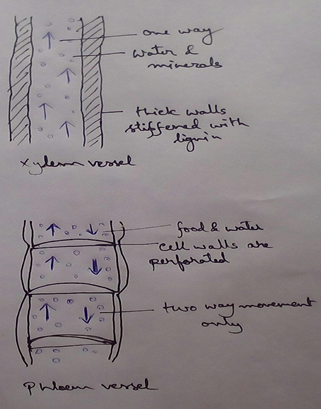

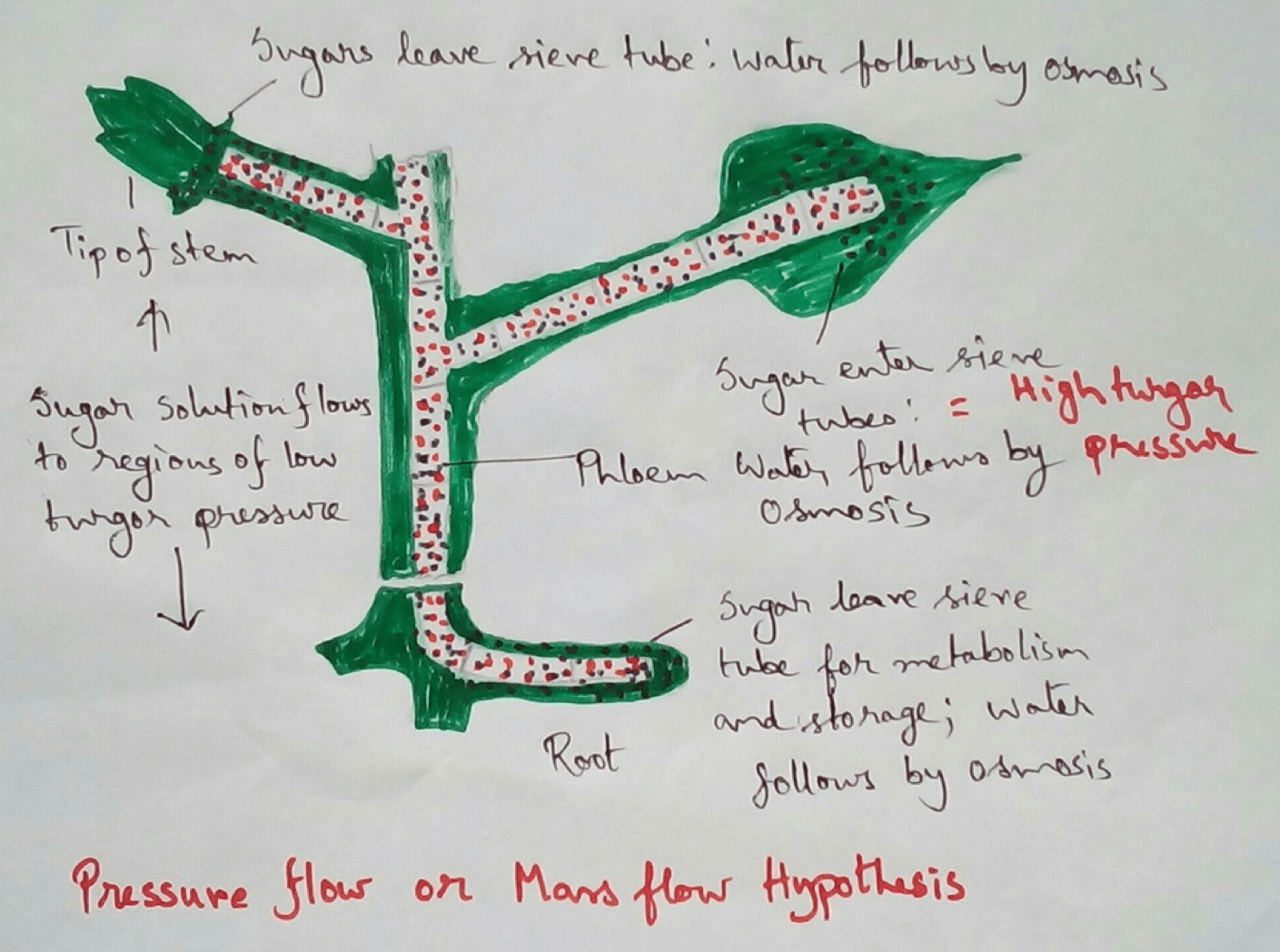






New! Comments
Have your say about what you just read! Leave me a comment in the box below.